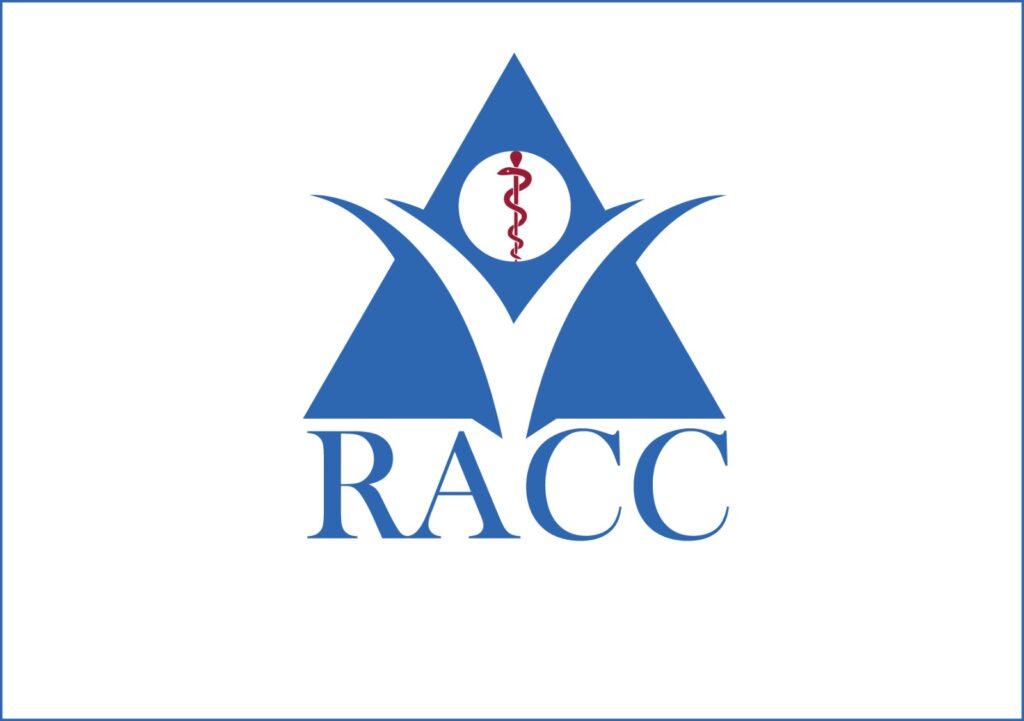Overview of Mechanical Ventilation
Mechanical ventilation is a critical life support treatment that assists or replaces natural breathing when an individual cannot breathe unassisted.
This is often necessary during surgeries, in response to
- Severe illnesses
- Specific lung conditions
Ventilators provide
- Oxygen
- Remove carbon dioxide
- Maintain airway pressure to prevent lung collapse
While it doesn’t cure underlying diseases, it stabilizes patients so that other treatments are effective.
Types and Procedure
Mechanical ventilation can be either invasive or non-invasive.
Invasive ventilation involves placing a tube either through the mouth or directly into the trachea via a neck incision (tracheostomy), both connected to a ventilator.
Non-invasive methods use masks, like those used in CPAP or BiPAP systems, to push air into the lungs without intubation.
Setting up invasive ventilation involves sedation and placing an endotracheal tube into the trachea, monitored by doctors to ensure optimal respiratory support.
Continuous Monitoring and Maintenance during Mechanical Ventilation While a patient is on a ventilator, continuous monitoring of vital signs including
- Respiratory rate
- Blood pressure
- Heart rate
and among others, oxygen levels are crucial.
Procedures like
- Suctioning to clear airways
- Administering medications
- Providing nutrition via tubes
- Mobilization to prevent bedsores
is also part of routine care.
Techniques like bronchoscopy may be used for a deeper examination of the lungs, ensuring the patient’s safety and comfort.
Risks and Benefits
The primary benefit of mechanical ventilation is its support in critical conditions, allowing the patient’s body to heal by ensuring sufficient oxygen delivery and carbon dioxide removal.
However, there are risks such as
- Infections from the tube (ventilator-associated pneumonia)
- Lung damage from pressure
and possible complications like
- Pneumothorax (collapsed lung)
- Cardiovascular stress.
In prolonged cases, transitioning to a tracheostomy might be necessary.
Proactive Discussions about the Use of Ventilation
Recovery from mechanical ventilation varies based on the underlying reason for its use and the duration of dependence on the machine.
Daily assessments help determine when a patient might be ready to breathe independently.
Post-ventilation, patients may experience throat discomfort or need temporary non-invasive support.
Proactive discussions about the use of ventilation, particularly in terminal conditions, should be encouraged.
These discussions should include setting up advanced directives and healthcare power of attorney to guide medical decisions, respecting patients’ wishes, and receiving the best possible care.
Stay Informed and Prepared: Understand Your Options for Mechanical Ventilation
Having clear discussions with doctors and loved ones about mechanical ventilation can guarantee that your preferences are honored and that you receive the best possible care in critical situations.
Take Control of Your Care: Educate Yourself on Mechanical Ventilation Benefits and Risks.



